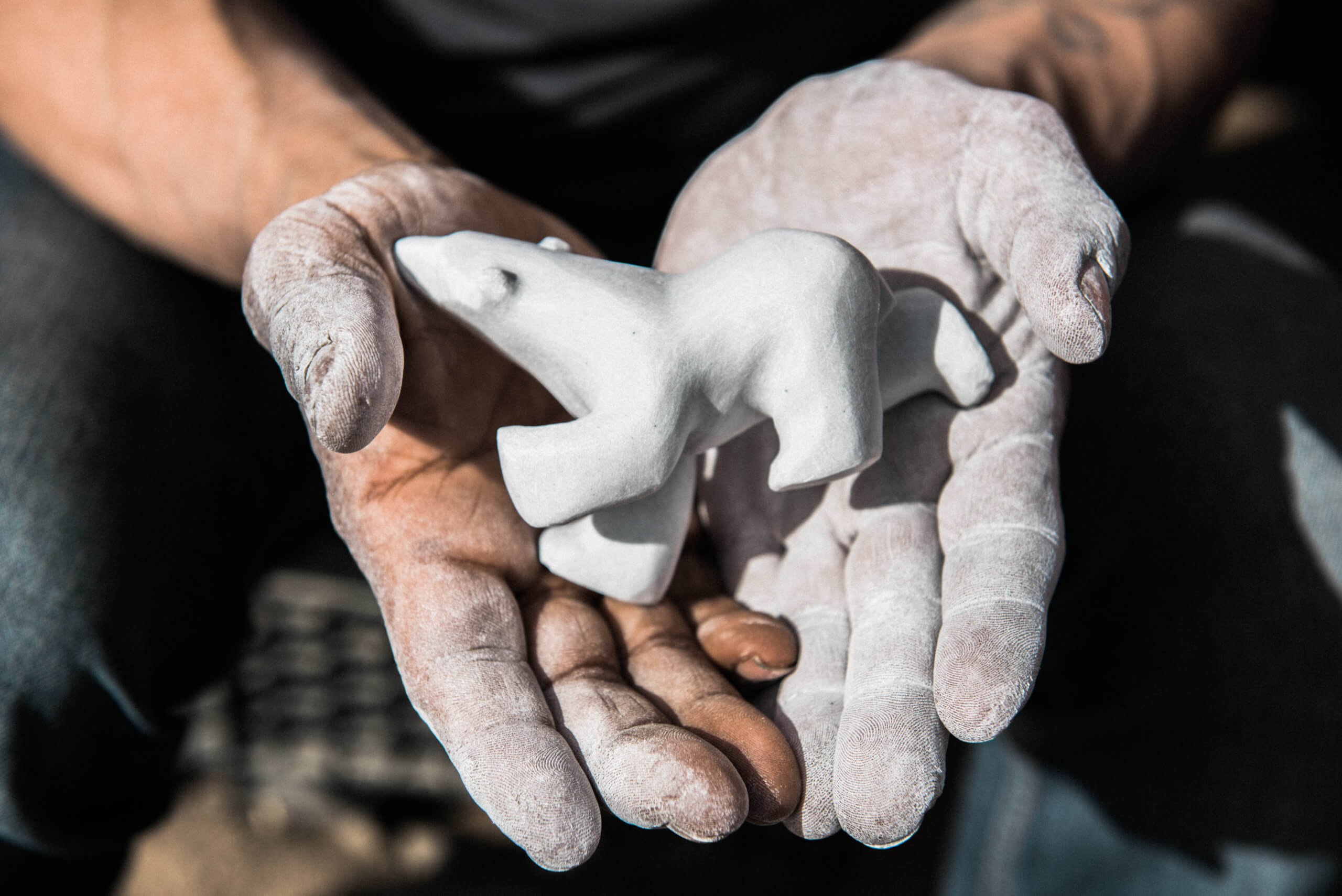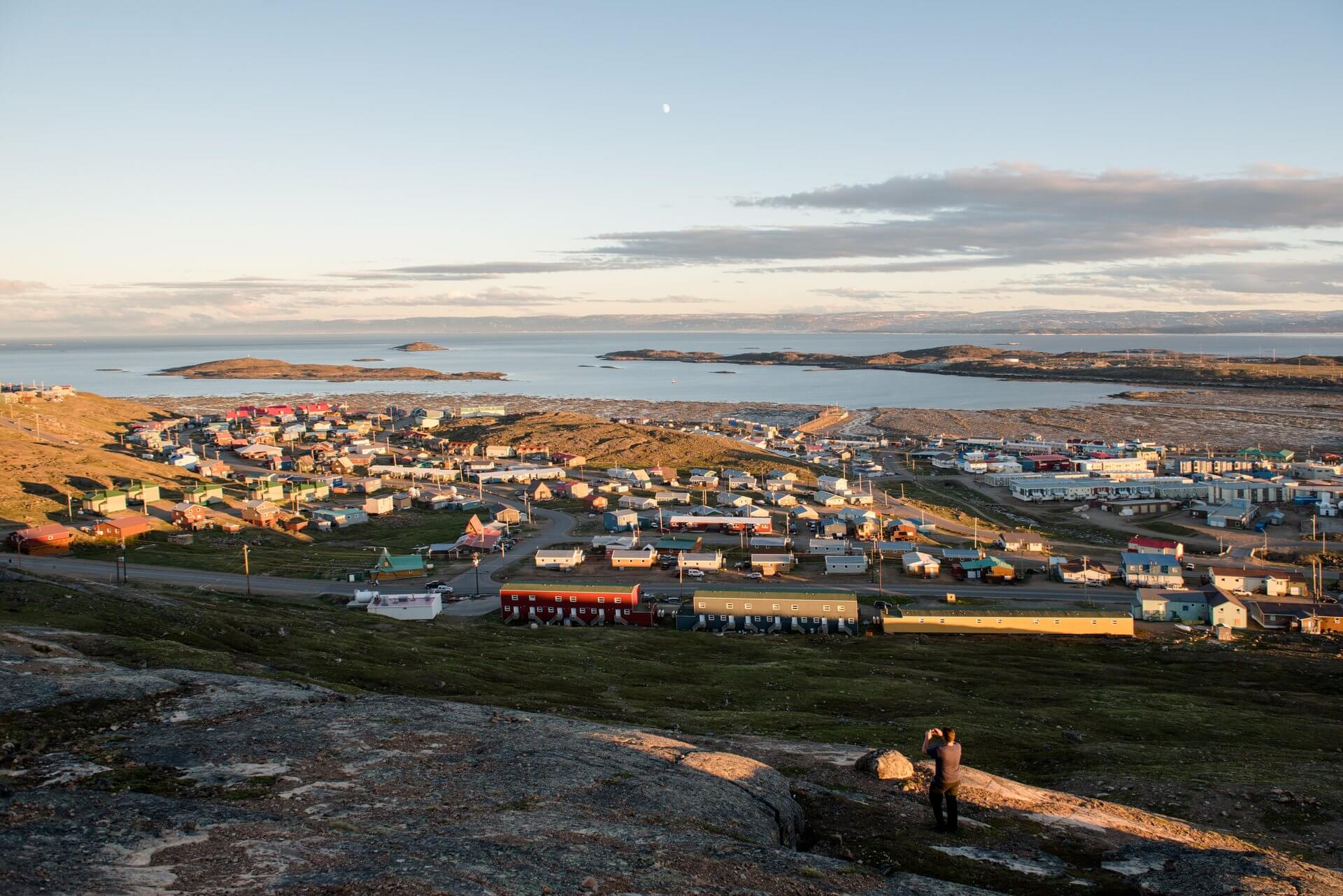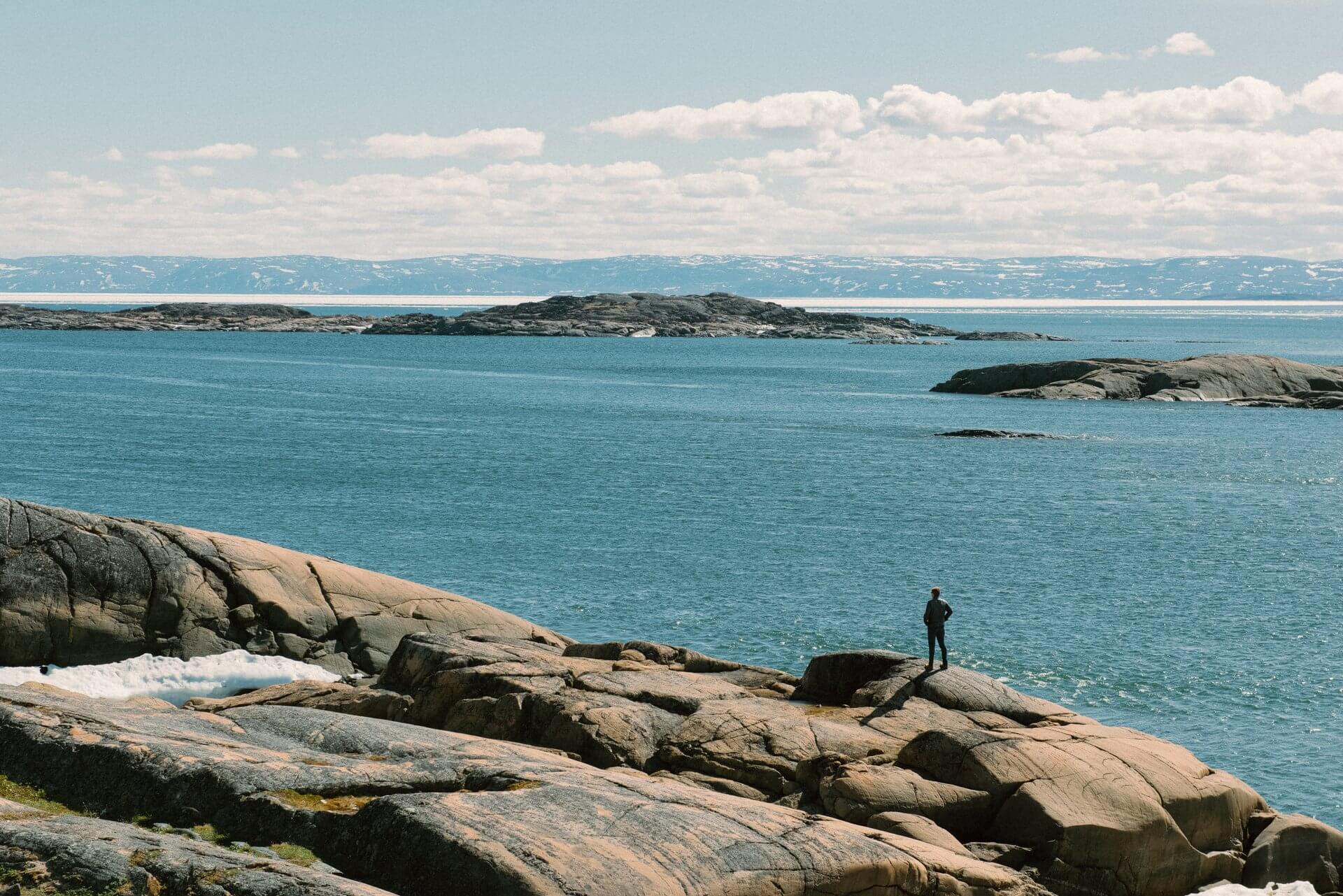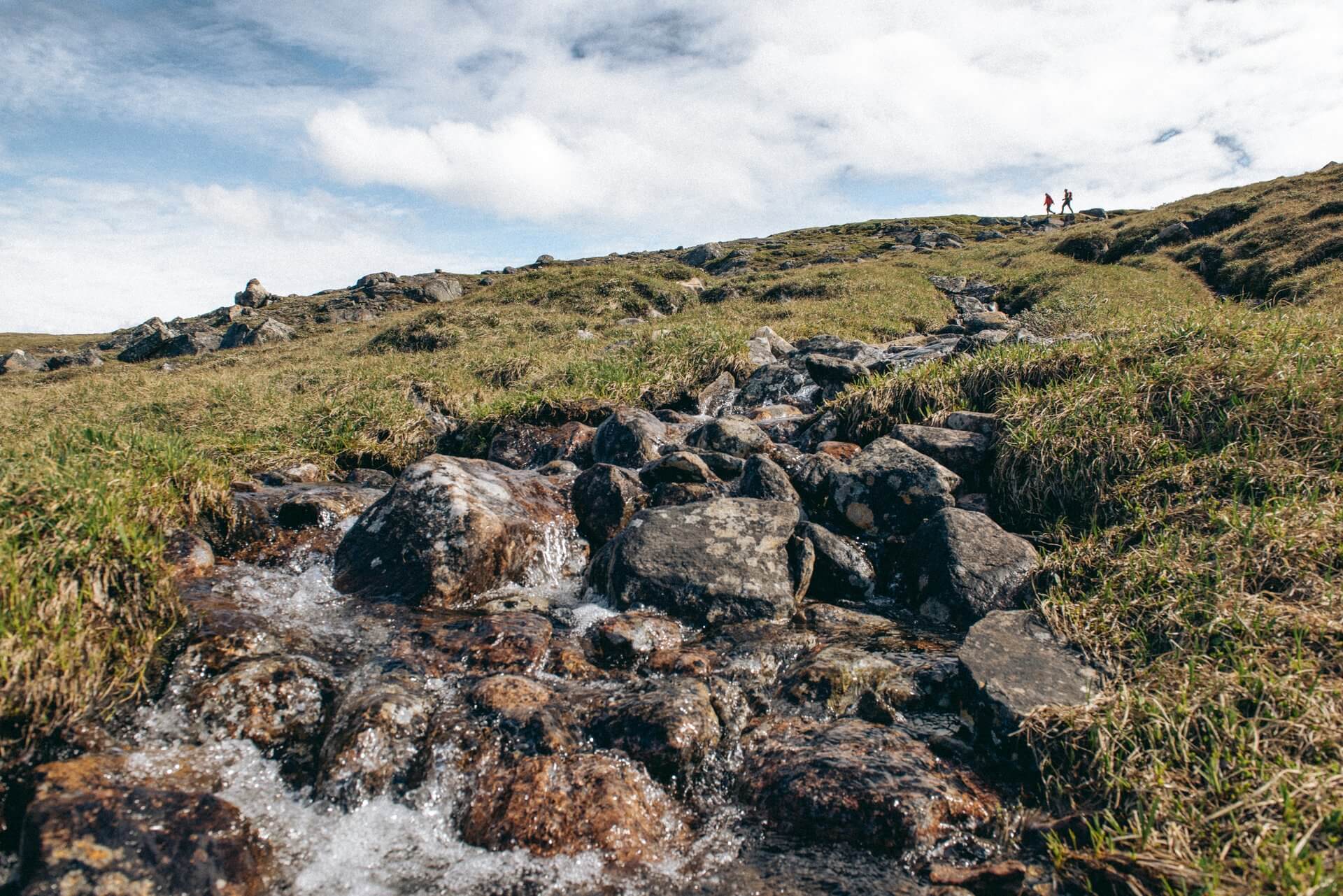A Landsby Spotlight On Iqaluit
Iqaluit is located on Baffin Island in the Qikiqtaaluk region of Nunavut, more than 2,000 km northeast of Ottawa. With tundra valleys and ice-capped mountains, Nunavut’s capital city is unlike any other in Canada. Here you won’t find a busy metropolis of highways as there are no roads that connect Iqaluit to any of the other 24 separate communities of Nunavut, nor are there any roads that connect Nunavut to the rest of Canada.
Set along the hills of Frobisher Bay, Iqaluit is Canada’s newest capital city — established in 1999 when Nunavut was officially recognized as its own territory — and is home to a thriving community of nearly 8,000 people. Visitors who come to experience the Arctic landscape of this far north region will also find a vibrant arts scene and a welcoming Inuit community — and gain a glimpse into the history of the Nunavut territory.
Can I visit Iqaluit?
Although there are no roads into Iqaluit, it is still quite accessible — but only by air and sometimes by sea. The easiest and quickest way is to fly and there are daily flights available from Ottawa and connecting flights from other major centres in the country. Regularly scheduled flights arrive from Montreal, Winnipeg, Edmonton, Yellowknife and Churchill.
Top things to do in Iqaluit
Explore the Arctic landscape
Just a kilometre from the city centre of Iqaluit is Sylvia Grinnell Territorial Park — or Iqaluit Kuunga as it is known by its Inuktitut name. This picturesque park features a river that meanders through the tundra and separates the park into two. In Inuktitut, the name Iqaluit means ‘place of many fish’ and you can really see why that name is apt in this beautiful park where Arctic char is abundant.
Depending on the season in which you visit, some of the outdoor activities to help you experience the landscape include dog sledding, kayaking, fishing, hiking and wildlife viewing. Arctic hares, foxes, seals and lemmings can be seen near Iqaluit.

Canadian Inuk singer Elisapie Isaac and her band perform during the Canada Day Concert at the Alianait Arts Festival in Iqaluit. Photo c/o Destination Canada
Learn about Inuit history
The areas surrounding Iqaluit feature a few interesting archaeological sites of the Thule and Dorset cultures. One of the best places to see signs of these early cultures is at the Qaummaarviit Territorial Historic Park, located just west of Iqaluit. Here you can see 11 semi-buried sod house from the time of the Thule. Pick up a guidebook at the Unikkaarvik Visitor Centre to see descriptions of the sites as you make your way through the park. The visitor’s centre also rents bicycles, organizes special events with guest speakers and shows Inuit movies.

Inuit carver and artist Etulu Salamonie pictured carving at his home on the shores of Frobisher Bay, Iqaluit.
Experience Inuit art
Iqaluit is a hub of art and culture. Two major festivals take place in the city — the Toonik Tyme Festival in April, which celebrates traditional Inuit games and activities; and the Alianait Arts Festival in late June/early July, which features visual and performing artists from Nunavut and around the world.
Visit the Nunatta Sunakkutaangit Museum to see a large collection of Inuit artifacts and fine art.
When should I visit Iqaluit?
The Inuit calendar has six seasons. There are the four traditional seasons of ukiuq (winter), upirngaaq (spring), aujaq (summer) and ukiaq (fall) but also two more that mean early spring — upirngassaq — and early fall — ukiassaaq. Each season brings with it something unique and beautiful.
Visit in the spring and fall to see the tundra lit up with flowering plants, starting with the purple mountain saxifrage (aupilattunnguat) in the spring and ending with the reds and golds of the fall plant foliage. The summers are warm, with long days of sunlight (nearly 24 hours in late June and early July!). This is the best time to visit if you want to hike or visit a cultural festival. The winters are cold and dark — a good time to see the Northern Lights (Aqsarniit in Inuktitut) but harder to explore the area as there is a limited amount of daylight.
Our 2022 Summer Spotlight series has short introductions to Canada’s 14 capital cities (10 provincial, 3 territorial and 1 national) and was created to inspire us Canadians to explore more of our own country. For more details on each province or territory, visit our Experiences page or search our Journal by location. Better yet, reach out to us! We’d love to tell you more about these great places and create travel itineraries for you to explore them.







